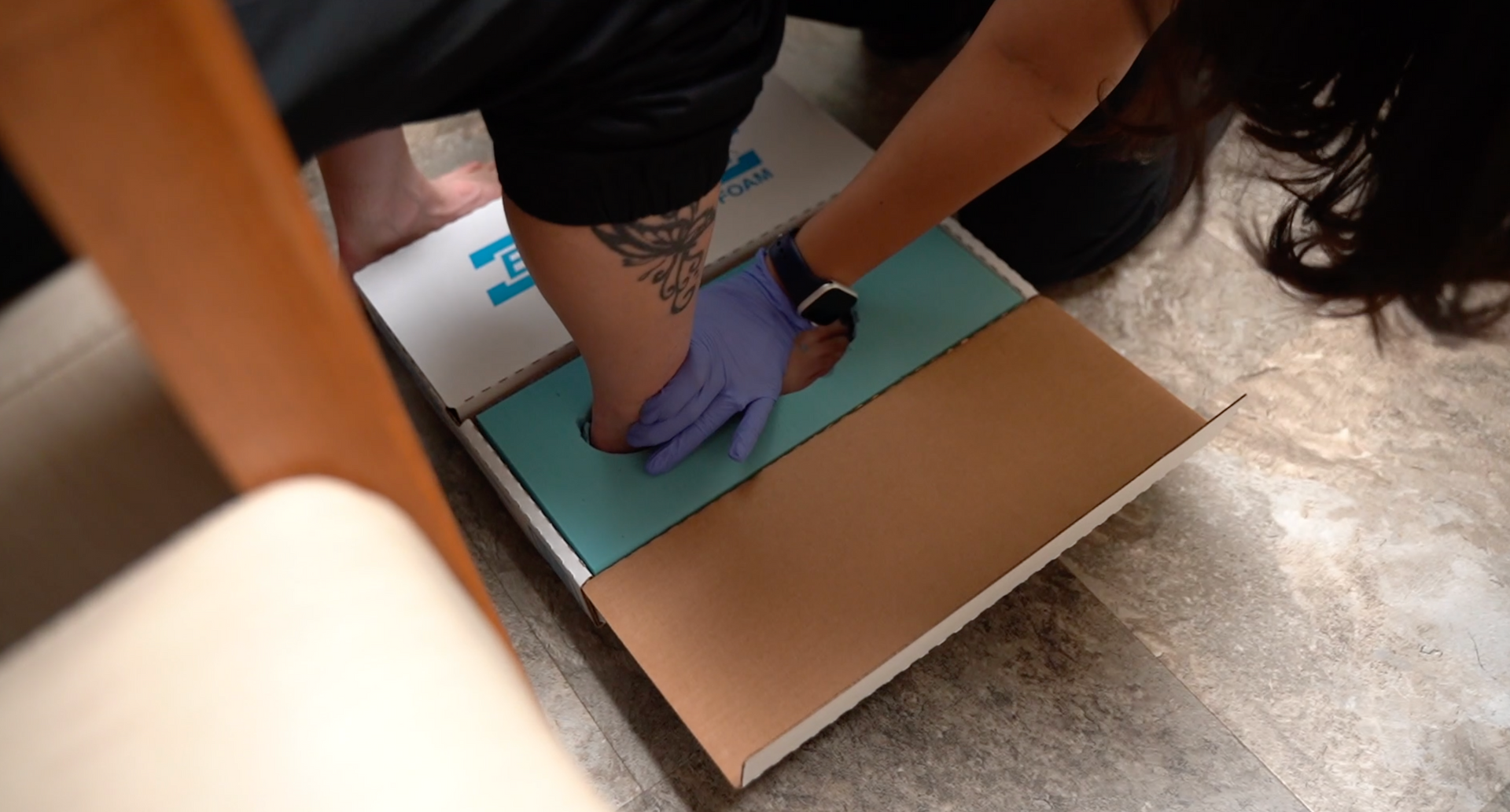Why does my heel hurt and what should I do?

Heel pain is one of the most common foot complaints that affects people of all ages and activity levels. It can range from a dull ache to sharp, stabbing pain that makes it difficult to walk or enjoy daily activities. Rest can alleviate occasional soreness, but persistent heel pain often requires professional care — that’s where a podiatrist comes in.
What Causes Heel Pain?
Family Foot Care treats these common causes of heel pain:
- Plantar Fasciitis – Inflammation of the thick band of tissue (plantar fascia) running across the bottom of the foot. You’ll often feel a sharp pain from your first few steps in the morning.
- Achilles Tendinitis – Irritation of the Achilles tendon at the back of the heel, often from overuse or tight calf muscles.
- Heel Spurs – Bony growths that develop on the heel bone, sometimes linked with plantar fasciitis.
- Bursitis – Inflammation of the fluid-filled sacs (bursae) that cushion the heel.
- Nerve Entrapment or Tarsal Tunnel Syndrome – Compression of foot nerves that can cause heel pain, burning, or tingling.
When should I see a foot doctor for my heel pain?
If heel pain persists, worsens over time, or interferes with walking, it’s best to seek help from a foot doctor aka a podiatrist.
Podiatrists are foot and ankle specialists who can accurately diagnose the problem and create a tailored treatment plan.
At Family Foot Care, our podiatrists, Richard Adams, DPM, Payal Patel, DPM, and Heath O. Jackson, DPM specialize in treating a full range of foot and ankle conditions including heel pain.
How does a podiatrist diagnose heel pain?
A podiatrist begins with a detailed medical history and physical examination of the foot. They may assess:
- Tenderness and swelling
- Gait (the way you walk)
- Footwear and arch support
- Flexibility and strength of surrounding muscles
If needed, imaging tests (X-rays, ultrasound, or MRI) may be ordered to rule out fractures, tears, or structural abnormalities.

How is heel pain treated?
At Family Foot Care, our podiatrists prescribe both conservative and advanced treatments to address heel pain, depending on cause and severity. These may include:
- Rest and Activity Modification – Reducing strain on the heel to allow healing.
- Custom Orthotics – Specially designed shoe inserts to support the arch and redistribute pressure.
- Stretching and Physical Therapy – Exercises to improve flexibility, strengthen muscles, and correct gait mechanics.
- Anti-inflammatory Measures – Ice therapy, medication, or topical treatments to reduce swelling and pain.
- Night Splints – Devices worn during sleep to keep the foot in a stretched position. This can be especially helpful for those suffering from plantar fasciitis.
- Foot Injection –Injection containing a corticosteroid (anti-inflammatory) and a local anesthetic.
- Minor Procedures or Surgery – This approach is reserved for severe or non-responsive cases, such as removing heel spurs. Endoscopic plantar fasciotomy is a surgical procedure to treat chronic plantar fasciitis by releasing the tight tissue on the bottom of the foot.
Can I Prevent Heel Pain Before It Happens?
Yes! Heel Pain is preventable - here's how:
- Wear supportive shoes suited to your activity.
- Avoid sudden increases in exercise intensity.
- Stretch your calves and feet regularly.
- Maintain a healthy weight to reduce pressure on your feet.
Heel pain can disrupt daily life, but with proper care, most people find lasting relief. Early diagnosis and treatment are key to preventing chronic discomfort and getting back on your feet — literally.



